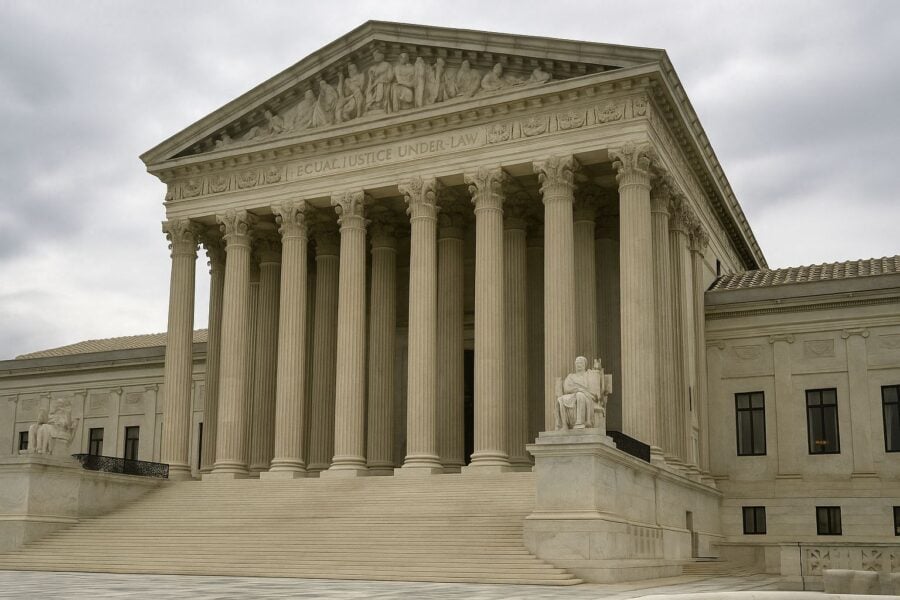The U.S. Supreme Court restored presidential authority to remove federal agency commissioners, overturning a 90-year precedent that insulated bureaucrats from dismissal.
Presidential Authority
In a 6–3 decision, the Court ruled that President Donald Trump can dismiss members of the Consumer Product Safety Commission (CPSC), ending nearly a century of restrictions first imposed by Humphrey’s Executor v. United States in 1935. The judgment redefines how far executive power extends over so-called independent agencies.
Majority Decision
The majority found that commissioners at the CPSC serve as executive officers and must remain accountable to the President. The decision affirms that Article II of the Constitution vests executive power solely in the elected head of government.
Justice Clarence Thomas wrote that the 1935 precedent “unduly constrained the President’s ability to ensure the faithful execution of the laws.” The ruling, he said, “restores the balance envisioned by the Framers.”
Dissent
Justice Sonia Sotomayor, in dissent, warned that the change could politicize agencies designed to serve the public interest regardless of party. She said it “risks undermining the stability of expert governance” by subjecting regulators to political pressure.
For decades, Humphrey’s Executor stood as a key barrier between the White House and the federal bureaucracy. It established that certain commissioners could only be removed “for cause,” effectively granting them tenure regardless of administration.
That structure shaped agencies such as the Federal Trade Commission, Securities and Exchange Commission, and National Labor Relations Board. Supporters said it protected expertise; critics argued it weakened accountability.
By reversing that precedent, the Supreme Court signaled a major shift toward presidential control. Legal scholar Ilan Wurman noted earlier this year that “the strongest indicators of the high court’s receptiveness lie in decisions weakening removal protections,” referring to similar rulings in Seila Law v. CFPB (2020) and Collins v. Yellen (2021).
Influence of the Result
The Civitas Institute observed that Justice Kagan had previously criticized efforts to “effectively overrule Humphrey’s Executor with little time, scant briefing, and no argument,” underscoring the long-standing tension between judicial restraint and structural reform.
The ruling could influence hundreds of positions across Washington operating under comparable statutes. Analysts say it marks a turning point in how presidents manage the federal bureaucracy, potentially reshaping oversight of business, labor, and public health.
Supporters see the outcome as a return to constitutional accountability. Opponents warn it may erode the independence that insulated regulators from partisan shifts.
Either way, the Court’s message is clear: under the Constitution, executive authority belongs to the President. For the first time since 1935, the White House again holds direct power over those who act in its name.

